According to the estimates of Survey of Consumption Expenditures, National Sample Survey, 1999-2000, nearly 70% of the Indian population depends on agriculture for its daily livelihood. Agriculture is of prime importance in Indian economy, and contributes 18.5 percent of the total GDP. But India s agricultural production and farm incomes are very often affected by natural calamities such as drought, floods and cyclones. Vulnerability of agriculture to various natural calamities along with occurrence of epidemics and man-made disasters such as fire, sale of spurious seeds, fertilizers and pesticides, price crash etc affect farmers severely through loss in production and loss in farm income, and they are beyond the control of farmers. Most of the farmers are small and marginal and lack the knowledge to manage agricultural risks. So to protect the farmers and to enhance the production in agriculture which directly augments the Indian economy, minimization of risk in the farming sector is a very important issue. Managing these risks in agriculture is imperative not only at the grassroots level but also at the national level. This book focuses on various types of risks in agriculture such as production risks, market risks, financial risks, weather risks, price risks, risks because of seeds, fertilizers etc. It also covers the various ways to mitigate the risk in agriculture such as crop insurance, contract farming, and future trading. It also throws light on the role of institutions in mitigating the risk in agriculture and suggests ways to manage the risks in agricultural marketing.
Rural Migration in India: Issues and Preventive Measures
People move from rural areas ...
$54.90
$61.00

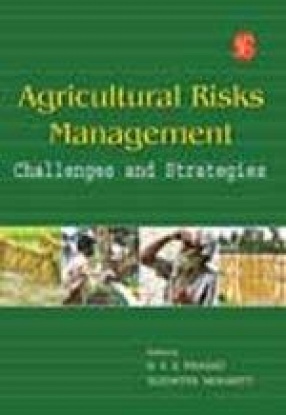
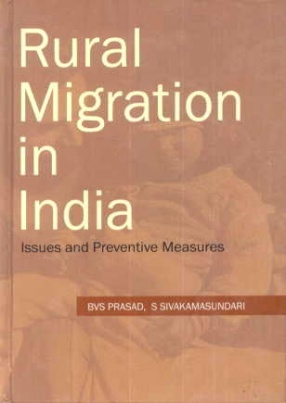



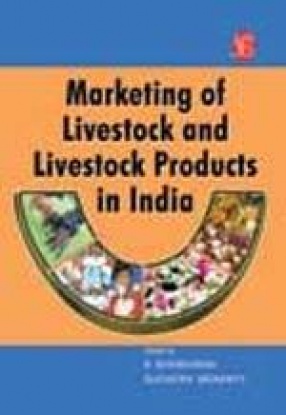
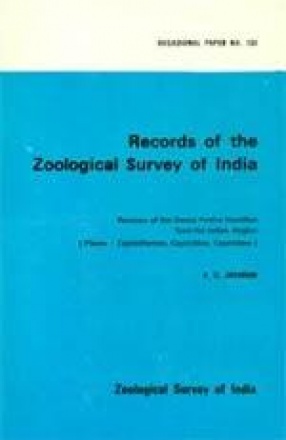

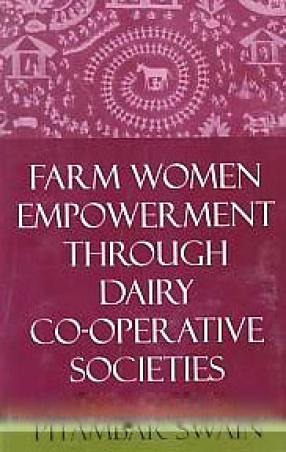
There are no reviews yet.